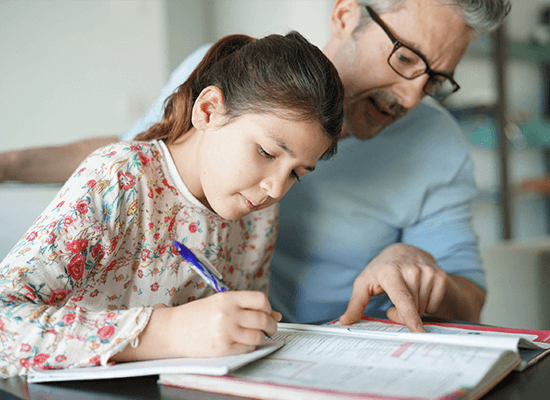
CLOSING ARIZONA’S EDUCATIONAL ACHIEVEMENT GAP FOR CHILDREN IN FOSTER CARE
Arizona children in foster care place near last among all at-risk student groups. A quality, stable education increases positive long-term outcomes for employment, stability, and health. Yet, many children in care frequently change schools and lose or never receive the educational services and resources needed to overcome trauma-induced learning barriers. Arizona lawmakers can guarantee access to the schools and resources best equipped to help children in foster care thrive by adopting these simple, life-altering reforms.
KEY CHALLENGES FACING STUDENTS IN FOSTER CARE
- Students in foster care are 4 times more likely to change schools midyear, often to lower-performing schools, derailing crucial educational stability. As a result, less than 20% of foster students meet Arizona’s testing standards.
- Only 40% of children in foster care graduate on time—the worst rate for any at-risk student group—harming long-term education and employment prospects
- Children in foster care require special education services twice as often as their non-fostered peers, yet frequently receive lower quality education plans or no services at all.
- Educators often report not knowing students are in foster care, lack knowledge on transportation options, and routinely fail to award completed credits, thus causing students to fall further behind and contributing to a dropout rate twice the average of other students.
NECESSARY REFORMS
- Impose clear deadlines and responsibilities for determining a foster child’s school placement with the goal of limiting transfers, providing stability, and ensuring delivery of high-quality educational services and supports.
- Facilitate seamless school transitions by requiring timely record transfers, ensuring recognition of completed credits and schoolwork.
- Immediately screen students in foster care for necessary educational supports like special education, implement these supports, and monitor their progress.
- Guarantee transportation funding and collaboration between the child welfare system and schools to ensure students can get to the school best equipped to meet their needs.
- Automatically qualify students in foster care for educational resources and programs that exist for other at-risk student populations, including tutoring and mentorship programs.